So, what I thought was going to be a short and cruisy post about my five favourite movies got a little out of hand once I began writing about the first film, "Casablanca". I realised that, to talk of these films properly, I was going to have to split the write-up in two parts.
Here's Part 1. It's okay, I'll wait...;
"Casablanca" and The Other Four Best Movies EVER Made...In My Humble Opinion. Part 1...Okay, now that you're up to speed, I'll continue with Movie Number Three, "Chinatown". However, I won't say too much about it, since I already wrote a little bit about this film last December. And here's the link to that post;
"Forget it, Jake, it's Christmas."The early 1970s saw a slew of movies set in 1930s America. While the Sixties gave us films like "Bonnie And Clyde" (Dir: Arthur Penn, 1967) and "They Shoot Horses, Don't They?" (Dir: Sydney Pollack, 1969), the early Seventies produced films such as "Cabaret", "The Sting", "Paper Moon", "The Way We Were", and Roman Polanski's "Chinatown".
#3
Directed by Roman Polanski Paramount, 1974 Screenplay by Robert TowneIt was back in 1984 that I did Cinema & Film Studies at Preston College of TAFE. My lecturer was a fellow named- actually, I won't name him. That would be bad form. Anyway, he'd divided the year into three separate genres of film. In Second and Third Term, we would be tackling The Western and Alfred Hitchcock respectively. However, Term One would deal with Film Noir.
"Oh, this is gonna be great!", I remember thinking. I had already immersed myself in some Raymond Chandler and Dashiell Hammett crime fiction, so I had some understanding of the Classic American hard-boiled detective and his world, but to some extent, "Chinatown" would go against much of what I thought I knew about fictional private detectives in America of the Thirties.
Robert Towne's brilliant screenplay mines Los Angeles history as it touches on the severe drought conditions that threatened to wipe out farming communities on the outskirts of the city in the late 1930s. The story concerns itself with Private Detective J.J.(Jake) Gittes, who is hired by a woman to gather evidence of her husband's suspected infidelity. Her husband just happens to be the city's Water Commissioner, a man named Hollis Mulwray. Jake Gittes does indeed get photos of Mulwray with a young woman and these pictures wind up splashed across the front page of the newspaper before another woman claiming to be Mulwray's wife appears with a lawsuit against Gittes, stating that she never hired him to investigate her husband's affair.
Gittes decides to find out who set him up and why. The film then goes into the corruption underlying City Council and Big Business as Gittes is drawn further and further into a conspiracy. I won't say any more about the plot. This really is a film worth seeing for yourself.
The character of Jake Gittes is, as far as I'm concerned, Jack Nicholson's finest hour. Others would say that "Five Easy Pieces" (Dir: Bob Rafelson, 1970), "One Flew Over The Cuckoo's Nest" (Dir: Milos Forman, 1975) or "The Shining" (Dir: Stanley Kubrick, 1980) was Nicholson's best role, but I beg to differ. Nicholson is a great actor and the role of J.J. Gittes fits him like a glove.
I suppose when one thinks of Jack Nicholson these days, it conjures up an image of a slicked-back receding hairline above a pair of black Wayfarers above a freshly-lit Marlboro Light. However, he is one of the finest actors of his generation. Even The Joker couldn't kill him AND he was cool enough to have kept all those purple suits after "Batman" finished filming.
Faye Dunaway plays Evelyn Mulwray, the Water Commissioner's wife and she delivers a beautifully nuanced and realised character that is at turns confident and brittle. You can see her struggle to maintain her composure whenever a certain person is mentioned to her. I always thought Dunaway was fantastic in "Bonnie And Clyde". And although she had a good career with films such as "The Thomas Crowne Affair", "Little Big Man", "Three Days of the Condor" and "Network", I feel that she was underutilised. One of the better actresses of the 1970s.
The great John Huston plays Noah Cross, a self-made millionaire who wants to see a new dam built on the edge of Los Angeles, one that will starve the farmers of their precious water. It's kind of fitting to see him appear in this fine film, considering that his cinematic debut was back in 1941 when he adapted the screenplay for and directed the classic noir film "The Maltese Falcon", starring Humphrey Bogart.
Robert Towne's screenplay is a masterclass in how to write this kind of detective story for the screen. All of the classic elements are here- a private investigator with a smart mouth, a mysterious
femme fatale, shady businessmen, sadistic thugs.
However, Towne throws in some major curveballs. Perhaps the most famous private eye in fiction would be Raymond Chandler's Philip Marlowe, a P.I. who
didn't do divorce work. Jake Gittes, however, appears to earn a living mainly from getting pictures of cheating spouses. And he does alright out of it, based on how well-tailored he is in the film.
The classic private detective is a product of the city and it is interesting to note that whenever Gittes steps outside of the urban boundaries of the city, he lands in harm's way. There's a particularly nasty encounter that he has with a short, knife-wielding creep, perfectly played by the film's director, Roman Polanski. I've read different things about the knife used in this scene. I've heard that the blade had a small hinge in it, and I've heard that the blade was real. I believe the latter, knowing Polanski.
The score by Jerry Goldsmith is mainly horns and some piano, and it works well for this film. The opening music over the credits is quite wistful and in many ways creates an image (in my mind, anyway) of a vintage Los Angeles on a summer's night as Jake Gittes steps out of his office at close of business, lights a cigarette, and gets into his car to drive home to an empty apartment.
I don't want to mention any more about the plot. It's a beautifully structured film, and we as the audience are, like Gittes himself, one step behind everything that's going on. There are a couple of truly shocking moments in this film which have lost none of their impact over the years, despite the fact that there have been a few variations of these story elements in other films since.
"Chinatown" had the benefit of a solid script, which played around with the conventions of film noir and the private detective story, and a respected and gifted director (till 1977, anyway), one who was able to take a classic American art form and sift it through a European sensibility.
These are just a couple of reasons why "Chinatown" remains a classic film from Hollywood's last great Golden Age and why it easily sits in my Top Five Favourite Films.
![]()
The next film features my other favourite actor from the old Hollywood era, Mr Cary Grant. Truth be told, a lot of my favourite films are Cary Grant movies. And this film is also one of Alfred Hitchcock's best. Apologies in advance for the annoying 'Pause' symbol that appears in the lower left corner of each picture.
#4
Directed by Alfred Hitchcock M.G.M., 1959 Screenplay by Ernest LehmanMy third semester of Cinema and Film Studies was all about Alfred Hitchcock. We watched "Dressed To Kill" (1980), directed by Brian Di Palma, at the end of the course in order to get an understanding of Hitchcock's influence on other film-makers since his death in 1976. If you ever decide to sit down and watch Alfred Hitchcock's output of the 1950s and then find yourself hungry for more, check out "Charade" (Dir: Stanley Donen, 1963), starring Cary Grant and Audrey Hepburn. It is the best Hitchcock film that Hitchcock NEVER made. "North By Northwest" represented the fourth and final time that Grant and Hitchcock worked together. This collaboration concerns slick New York advertising executive Roger Thornhill, who is mistaken for a man named George Kaplan, a government agent who is trying to foil the plans of a man named Phillip VanDamm, wonderfully played by James Mason. It's a simple 'wrong man' scenario that has been done often in Hollywood films, and you can see a variation on this tactic in the recent Steve Carell/Tina Fey comedy "Date Night". "We are the Tripplehorns."Cary Grant as Roger Thornhill, wearing what some have called the best suit ever worn in film. It perfectly represents Thornhill as the modern, urban and ordinary Everyman who finds himself thrust into extraordinary situations. Grant can do no wrong in my book and by this late stage in his career, the smooth and urbane Cary Grant persona was very firmly established. "Everybody wants to be Cary Grant", he once said. "Even
I want to be Cary Grant", he added.
Hitchcock films are well-known for clever uses of camera angle and placement and the way the camera represents the viewpoint of the characters. There are a couple of instances in this film which highlight Thornhill's increasing isolation as the story progresses. This shot here, for example...
...see that diagonal pathway, leading to the Yellow cab, in the top left side of the frame? That speck in the middle is Thornhill making an escape. Beautifully staged shot. Cinematographer Robert Burks did some very fine work for this film.
This film also features another 'Hitchcock Blonde' in the form of Eva Marie Saint as Eve Kendall, a woman whom Thornhill meets aboard a train, and one who may or may not turn out to be his ally. Hitch had a thing for blondes throughout his films of the 1950s and '60s and Saint's character stays in your memory long after the final credits roll.
She's an icy blonde, but she smoulders. Eva Marie Saint as Eve Kendall.
Screenwriter Ernest Lehman has written a chase thriller that moves at a great pace. Hitchcock threw in what he used to call a 'MacGuffin'. Usually, it's something that everybody in the film wants, but we, the audience, never find out what it is.
In this film, it is a statuette which contains a microfilm that VanDamm is planning to take out of the country. We never find out what's on the microfilm and it doesn't matter. Hitch was a shrewd filmmaker and he knew that the MacGuffin was merely used to move the story forward. Quentin Tarantino did a similar thing with the mysterious briefcase that Marcellus Wallace was chasing in "Pulp Fiction" (1994).
The blueprint of this film is what Albert Broccoli and Harry Saltzman sought to replicate when they were in the process of bringing James Bond to the screen with "Dr No" in 1962. They even approached Cary Grant to play Bond. He said he'd do one film, but he didn't want to lock himself in to a series. After filming "Charade" in 1963, Grant was wise enough to realise that he couldn't play the leading man to much younger women (on screen, anyway. His last two marriages were to women considerably younger than he, the lucky devil) anymore, and he retired from acting after completing "Walk, Don't Run" in 1966.
The Bond producers hung a main aspect of the plot of "From Russia, With Love" (1964) on their own MacGuffin, the Lektor cipher machine that Bond is sent to retrieve before embarking on a cross-continent chase that includes some further borrowing from "North By Northwest".
Lehman's script also provides the cast with some great dialogue filled with wit and innuendo. There are no wasted words in this script.
There are countless classic scenes from the first sixty years of Hollywood film that flicker 24 frames per second though the projector of my memory; The Little Tramp meeting the blind flower seller, Groucho Marx walking into a room, Astaire gliding across one, Dorothy clicking the heels of her red shoes, Philip Marlowe and Vivian Sternwood talking about horse-racing...or are they?, Gilda "Putting the Blame On Mame", Charlie Allnutt pulling The African Queen through the water, Sefton being beaten by his fellow POWs, Vince Stone throwing a pot of scalding coffee into Debby Marsh's face, Sugar Kane walking along a train station platform...and Roger Thornhill running for his life as a cropdusting biplane descends towards him.
This has become a classic action scene. Totally preposterous way of trying to kill somebody, but Hitchcock never really concerned himself with reality. "Most films are slices of life. Mine are slices of cake", he once remarked.
Hitchcock was wise enough to highlight the strengths of his cast and accentuate their iconic status. Cary Grant left home at a young age to join an acrobatic troupe before he became an actor. There's a confidence in his physicality and Alfred Hitchcock makes good use of this in the crop-dusting scene above, where Grant slips into a smooth run that increases in speed as the plane makes repeated attempts to kill him, and later on when Grant climbs out of a multi-storey hospital window and stands on the ledge before making his way in through the window of an adjacent room. This scene also plays on Grant's sex appeal when the woman in this room yells out "Stop!" before putting on her glasses, taking a clearer look at Grant and then repeating, but in a breathy, come-hither tone "Stop".
Cary Grant was 55 years old when he made this film, but he moves like a man ten or fifteen years younger.
POSSIBLE SPOILER ALERT FOR THOSE WHO HAVEN'T SEEN THIS FILM. (SHAME ON YOU)
The finale takes place on the monuments at Mount Rushmore. Wonderfully staged, you begin to think that the cast were actually climbing around the faces of these historic Presidents. It's a nail-biting scene.SPOILER OVER
The film wraps up very quickly after that, and Hitchcock throws in some phallic imagery just to keep film students pondering for the next fifty years. There's a minor gaffe that occurs in the film's Third Act. Check out the kid in the café. I'll say no more.
"North By Northwest" is a slick film. And certainly, film scholars sit and analyse Hitchcock's other films such as "Vertigo", "Rear Window" and "Psycho" to within an inch of their lives. And while I think that those films of his are worthy of repeated viewings and analysis, I tend to prefer his other movies such as "The 39 Steps", "Saboteur", "Notorious", "Rope" (80 fantastic minutes long) and "The Man Who Knew Too Much". Here's an exercise for you; Get a copy of his 1956 remake (of his previous version) of "The Man Who Knew Too Much", starring James Stewart and Doris Day.
Watch this film with a few friends. I guarantee you that somebody will scream when a particular scene comes up. It's all to do with the framing of the shot. Hitch was a master at composing a shot to reveal information. When I first saw this film as part of my studies, one of my female classmates screamed when this shot appeared. People go on about the shower scene from "Psycho", but this scene from "The Man Who Knew Too Much" will make your stomach muscles clench.
And it's always a buzz when a film does that to you.
![]()
picture courtesy of
http://www.everydayminerals.com/fan-club/play/544-akiko-stehrenbergerFilm Number Five in my list is one that I've heard is screened every year at Christmas on at least one TV station in the US. It is perhaps a little dated in these cynical times, but the romantic in me loves this movie.
#5
Directed by Frank Capra, RKO, 1946, Screenplay by Frances Goodrich, Albert Hackett, Frank Capra and Jo Swerling. Based on a story by Philip Van Doren Stern.As with the other films in my Top Five, much has already been written by film historians, reviewers and scholars about this film. I can really only write about why they appeal so much to me. This story has been retold over the years, most recently as "The Family Man" (Dir: Brett Ratner, 2000), starring Nicolas Cage and Tea Leoni.However, the 1946 James Stewart film is the most famous version of the story of a man who gets a chance to glimpse what the lives of his loved ones would have been like if he had never existed. The film concerns a man named George Bailey, who runs the family Building and Loan business in a small town called Bedford Falls.
George has dreams of travelling the world to explore far away lands and build cities of the future, but has always been held back by obligations to the business and there is a powerful and mean old rival banker named Henry Potter who is looking to ruin Bailey Building and Loan so that he can then have a stranglehold over the entire town.
George's Uncle Billy is entrusted with a large sum of money, which he promptly misplaces and this throws the future of the family business in turmoil, with George facing embezzlement charges and a jail sentence. It's at this point that George Bailey decides that his family and his business would be better off if he were dead. I'll say nothing more about the story.
James Stewart was perfect for the role of George Bailey, a decent man. A nice fella who just never seems to get a break where things go his way. He is utterly likeable. Makes you wish he were a friend of yours, although, in a way, he is, by the time the end credits roll. His George Bailey is just the kind of guy that you'd entrust with your life's savings. It was the type of role that Stewart was made for and I don't think it would have worked with many other actors of the era. Although, Gary Cooper, Henry Fonda or Spencer Tracy would have been interesting in the role. However, Stewart embodied a certain kind of American, one that looked like he'd just stepped out of a Norman Rockwell painting.
I was running The Cinestore, a film bookstore in the city on the day that I heard James Stewart had died. Robert Mitchum died about three days later (or was it before) and I began to think that the end of the world had commenced. "Thank God for Kate Hepburn!", I remember thinking to myself.
I know that nobody lives forever, gang, but it still packs a wallop when somebody from old Hollywood throws in the towel. I was devastated when Cary Grant died, as I mentioned in Part 1.
I'm gonna be a friggin' mess when Connery goes.
Stewart is beautifully matched by Donna Reed as the girl who's had a crush on George since childhood, Mary Hatch. If there's a girl worth staying in Bedford Falls for, it's her. Reed gives Mary a nice girl-next-door quality and their relationship is well written, from when they're a couple of kids to when they become adults. But George dilly-dallies so long that Mary winds up dating another man and there are some tender moments during this segment of the film. The telephone scene is classic and is regularly used in compilation clips about the history of Hollywood film or James Stewart's career.
Donna Reed and Stewart receiving a distracting phone call.
Lionel Barrymore plays the town's powerful rival banker, Henry F. Potter. He is wheelchair bound and a mean, old, cranky man who wants to crush Bailey Building and Loan so that he can then be the only bank in town.
Barrymore was one of Hollywood's finest character actors, having started out in 1908 in silent film. Born in 1878, he, along with his siblings John and Ethel, became one of Hollywood's first acting dynasties, one that continues today with their Great-niece Drew Barrymore.
Barrymore plays the crotchety old man schtick very well. Still, I can't hate him too much because I watched him in "Key Largo" (Dir: John Huston, 1948) and he played a more loveable character in that film.
SPOILER ALERT***SPOILER ALERT***SPOILER ALERT***SPOILER ALERT***
If there is one criticism often mentioned about this film, it is the fact that Henry F. Potter doesn't get his comeuppance in the end. We, as the audience, don't see him brought to task for hiding (or stealing?) the money that Uncle Billy misplaces earlier in the film.
END OF SPOILER***END OF SPOILER***END OF SPOILER***END OF SPOILER***
I haven't seen this film for some time. My DVD copy is in a box among 24 other boxes in the garage and I'm waiting to see if my wife has a copy at the library branch where she'll be working tomorrow. Actually, wait a sec, I'll just check the library's database...
...okay, I've just reserved a copy at the branch where she's working tomorrow. Nice. I hope it ain't scratched to hell.
THE NEXT DAY...
Right, I've had dinner, plus a stick of Kit Kat (or two) and I shall now repair to the lounge room with a cup of Earl Grey (black, one sugar) to watch "It's a Wonderful Life" for the first time in about eight or ten years. See you in 130 minutes (approx.).
Yes, it STILL holds up. Some of the acting is a little hammy here and there, but this is to be expected for a film from this era. At just over two hours, I had forgotten how the story played out in between the more well-known scenes and I'd forgotten that this film's running time was so long. However, Capra keeps the story moving and it covers the years from around 1919 right up to 1946 when the story is set. Capra has sometimes been accused of being overly sentimental with his films. "It's a Wonderful Life" is, after all, a Christmas story, but there are moments of great cruelty in it. I said to my wife while watching it that I felt the nasty moments in this film seemed to outweigh the good ones.
I can see why this film is replayed every year at Christmas. It's a story of hope, one that's there to remind us that we are fortunate with what we have, even if we don't know it at the time. And it's a reminder to us all that we have an effect on those around us.
As one character puts it; "Each man's life touches so many other lives."
And that line leads me into a little detour about a book I bought back in the mid Eighties called "Suspects" by film critic and historian, David Thomson. If you're a fan of film noir, this book is a must. Narrated by George Bailey at the age of 75, it links characters from over 80 Hollywood films, from Casablanca's Rick Blaine to Taxi Driver's Travis Bickle. In some way, they are all connected through George Bailey and it is an astounding trick that Thomson has pulled off in overlapping their lives. It may even tarnish your opinion of George Bailey by the time you're done. Well worth hunting down.
In the end, "It's a Wonderful Life" still resonates with me. By the time the end credits rolled on my viewing last night, the good moments overcame the bad as I sat there in my lounge room with eyes welling up.
I love it when a film does that to me, but I find that, as I get older, films do that to me more and more.
I must be mellowing in my old age.
I must admit that there are too many films that I consider favourites. These that I've written about are my Top Five, but I can see myself doing semi-regular write-ups on other films that I like. There are easily five or ten other films that come to mind, without thinking too hard.
Anyway, those are posts for another time, I suppose.
Thanks for reading!


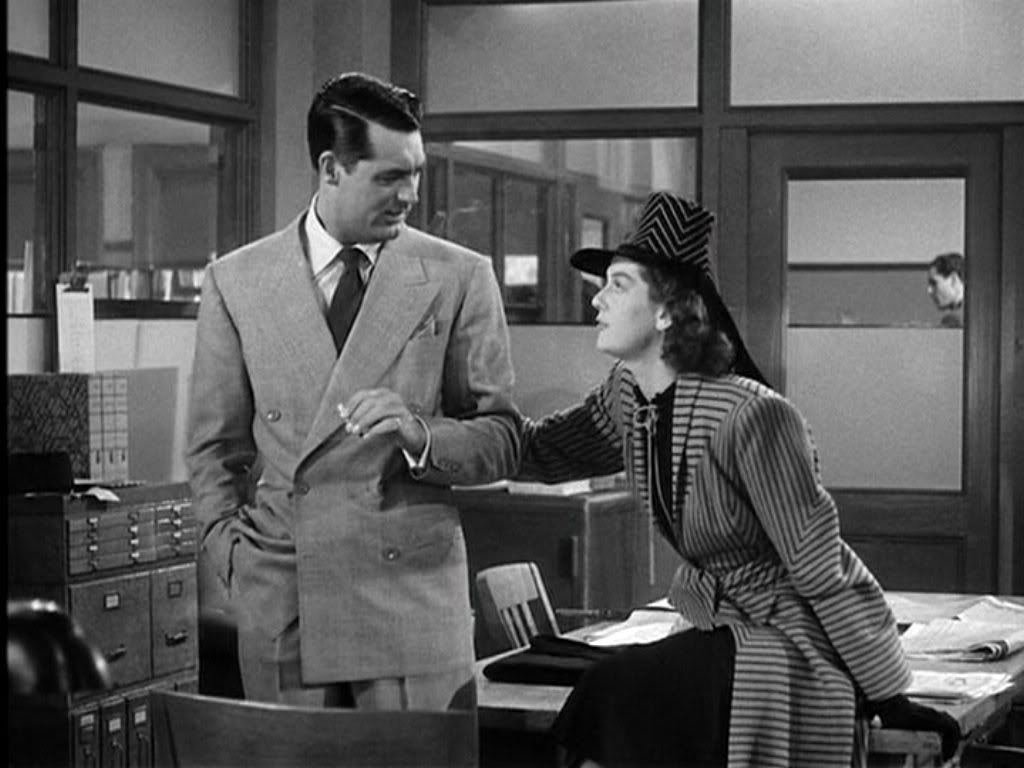



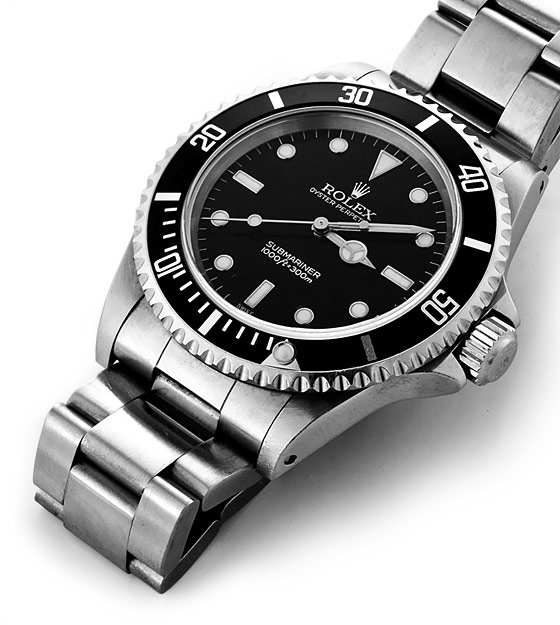






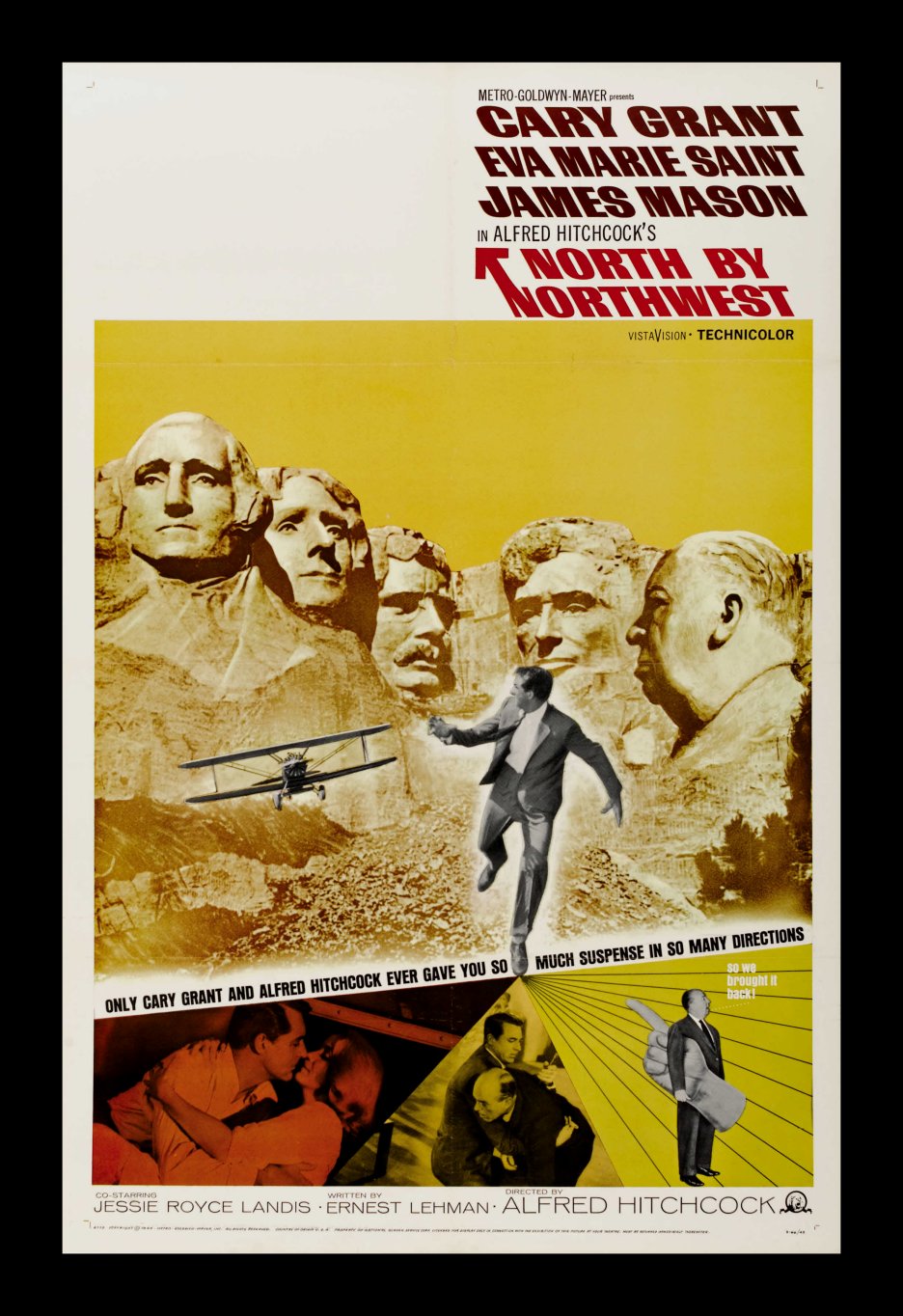


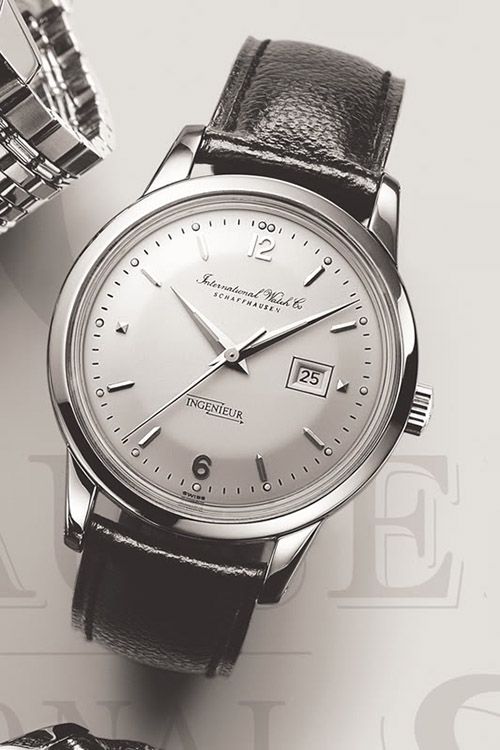
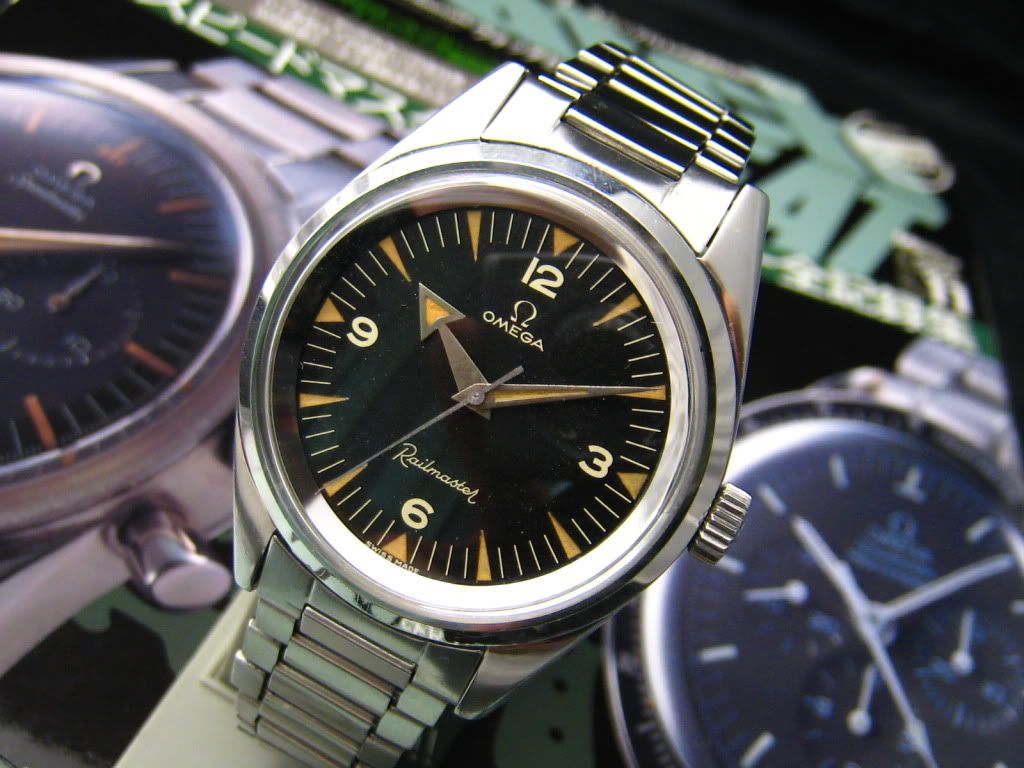
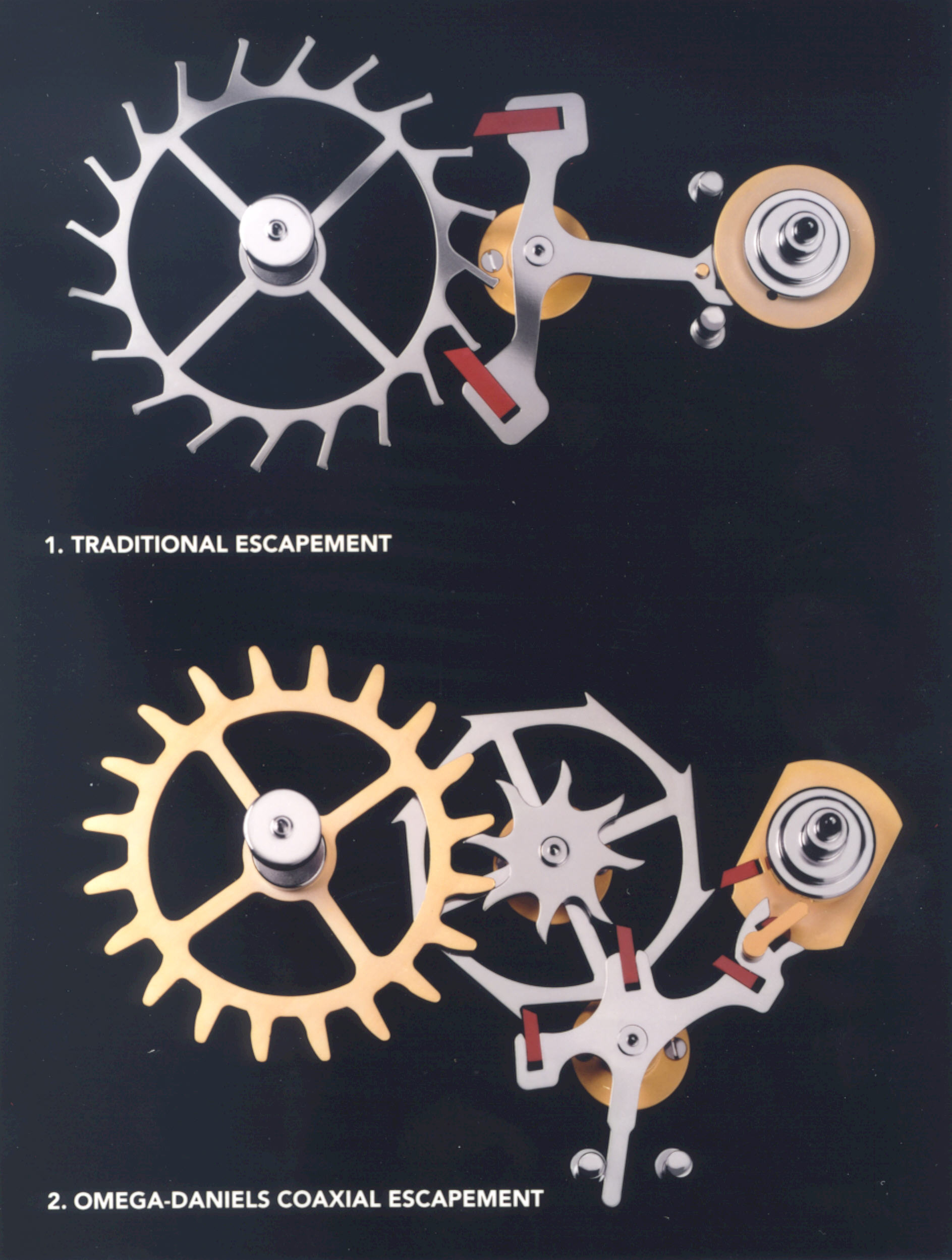













.jpg)
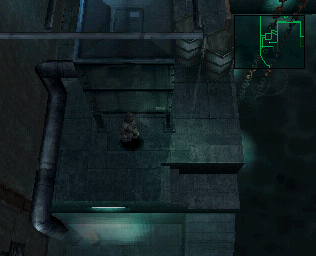_03.png)




 This is what Snake is up against. And you thought YOU had problems.
This is what Snake is up against. And you thought YOU had problems.
















